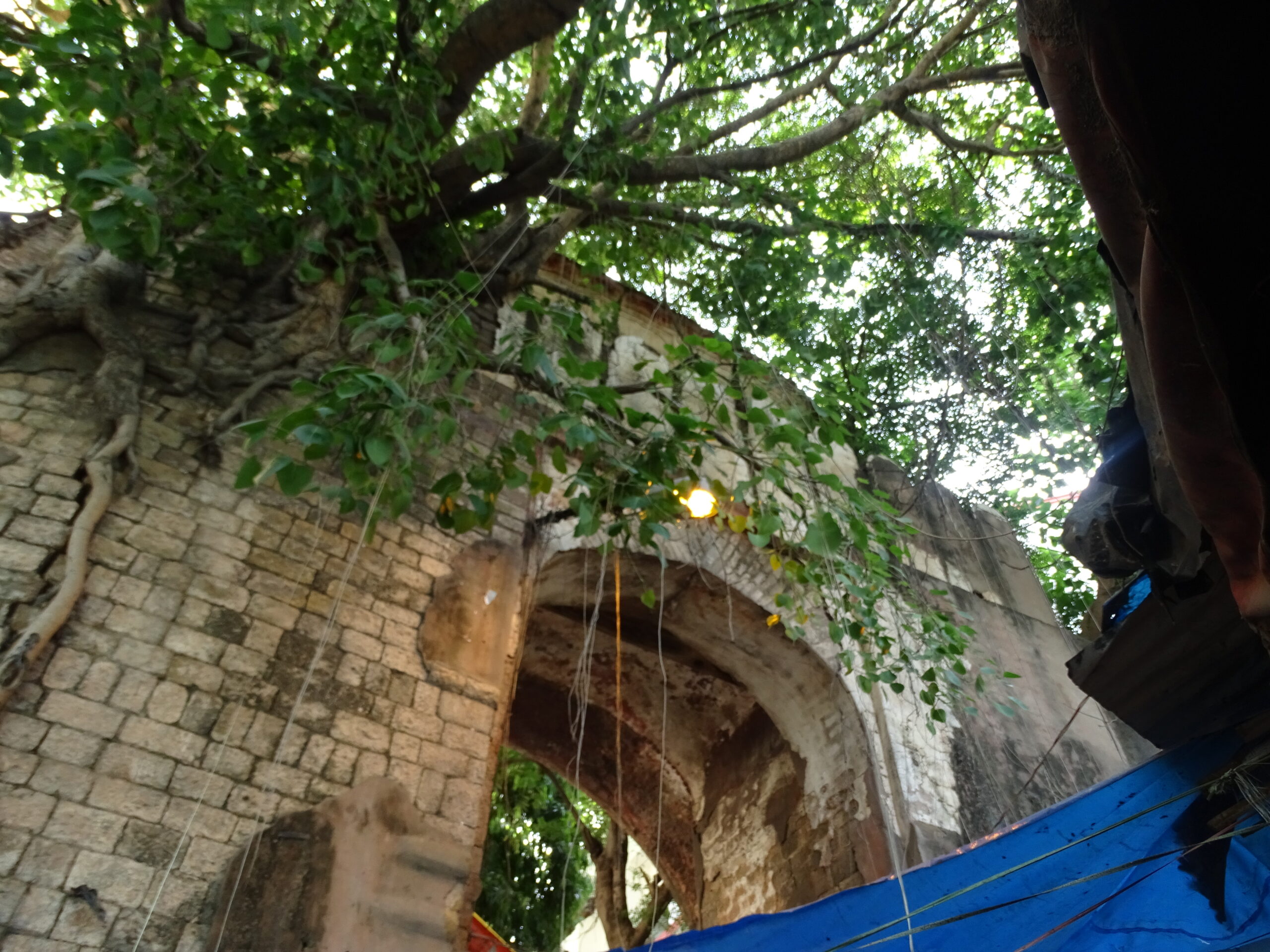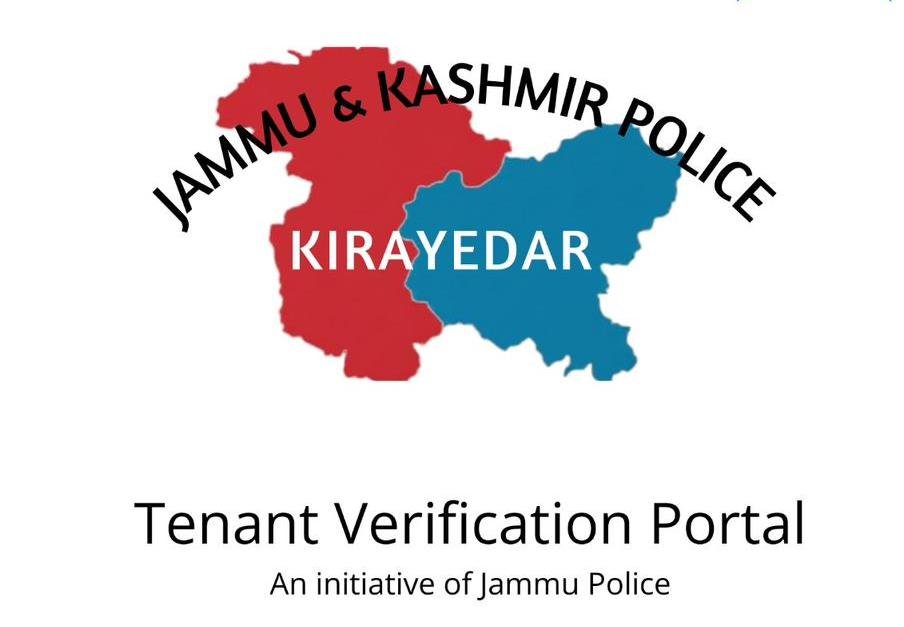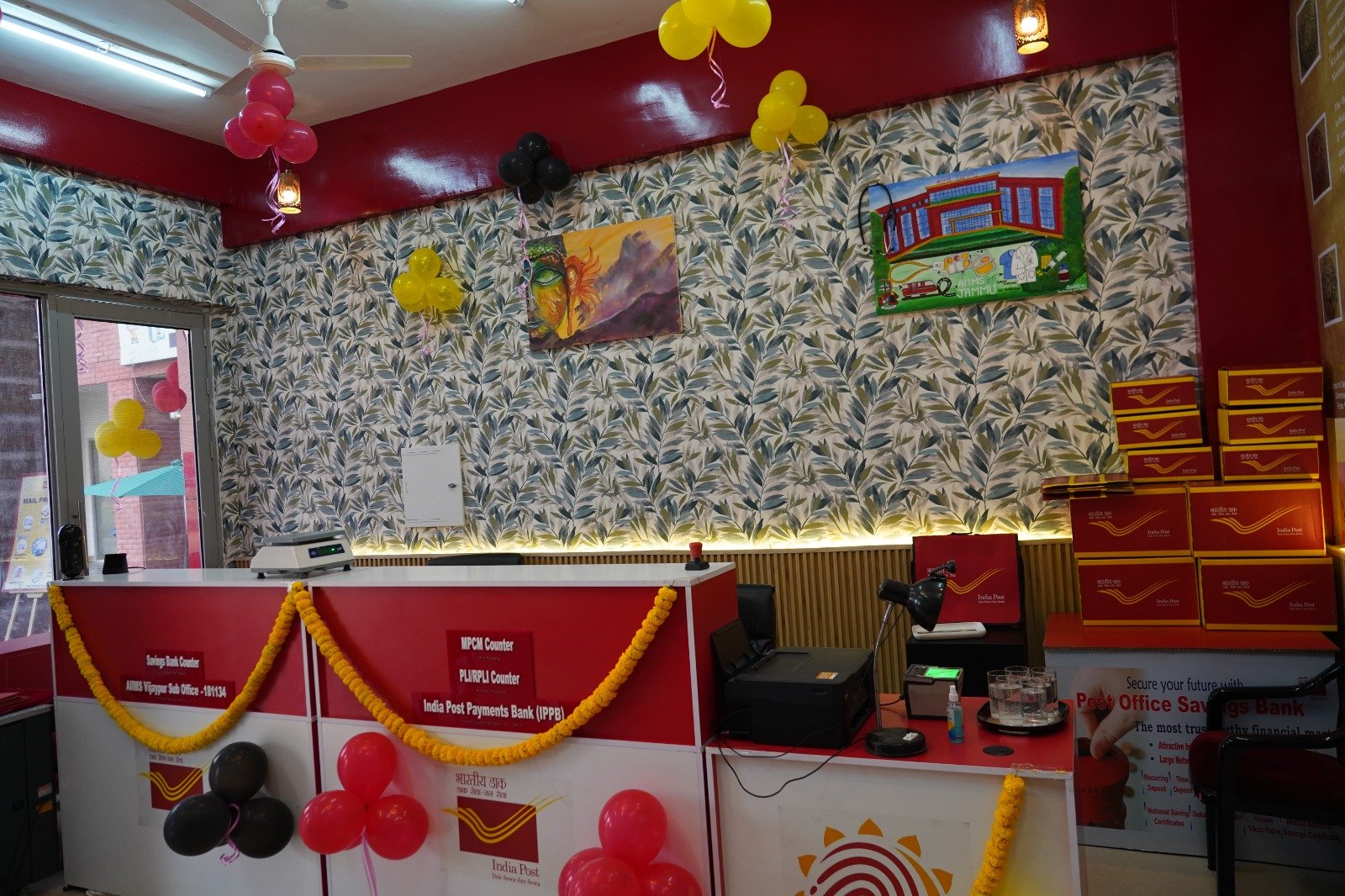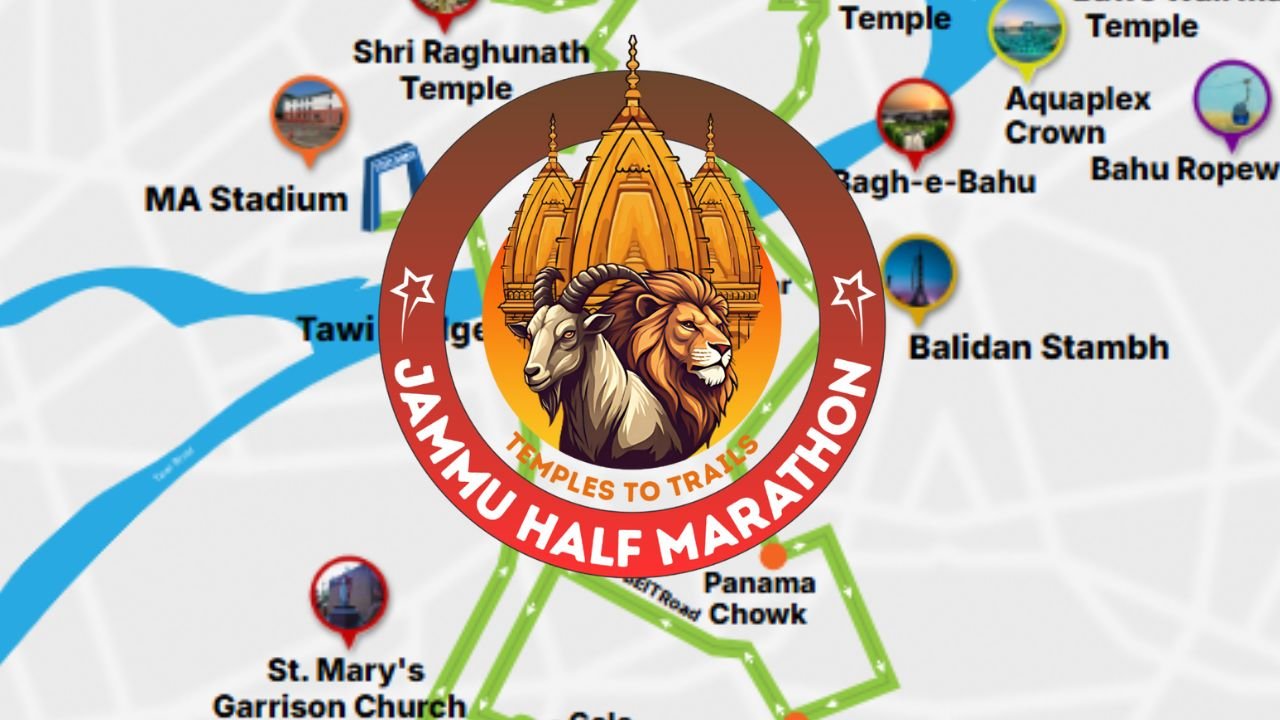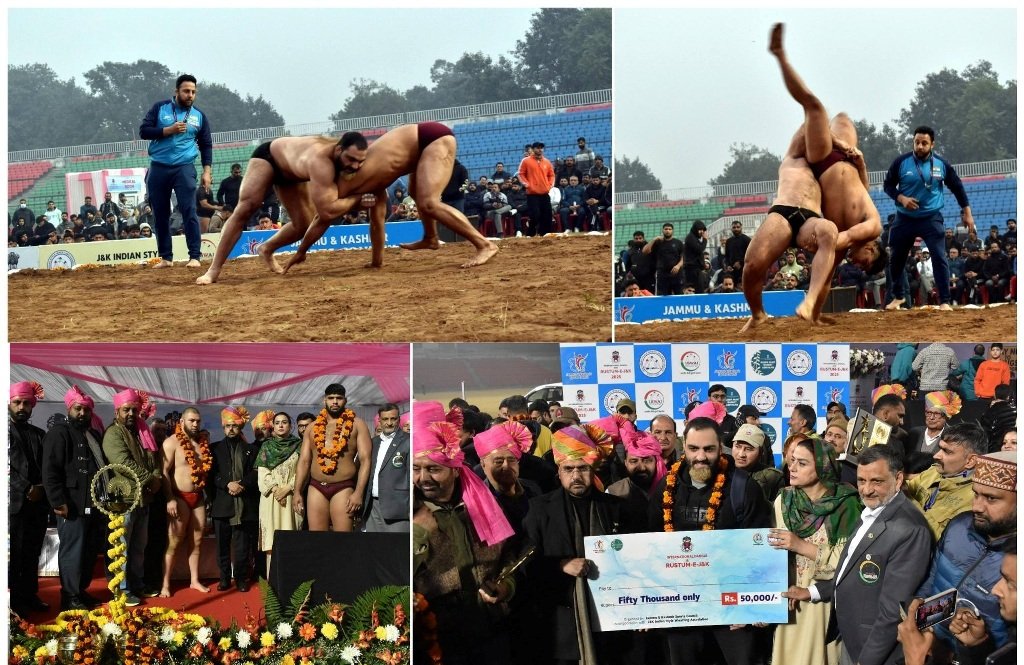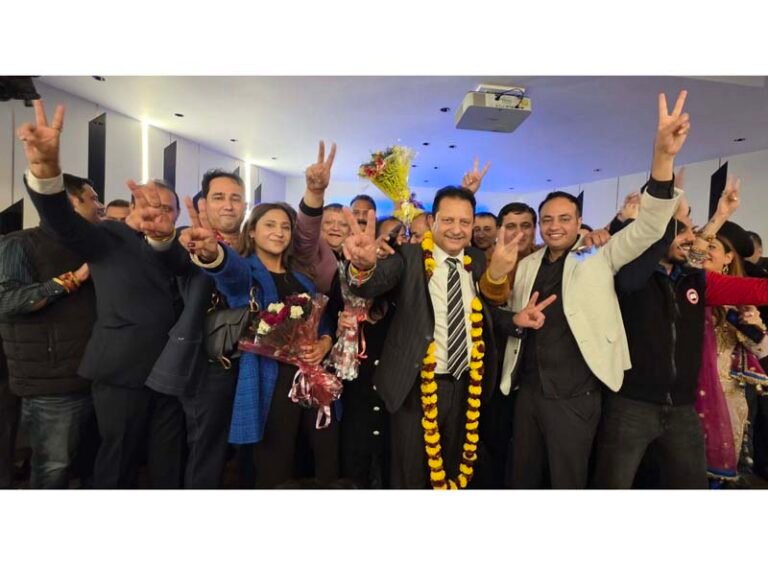The old part of Jammu city is known as the walled city, but many people don’t know who gave it this look, why, and when. The walled look of the city continued until 1947 and even afterwards after getting the look in the middle of the 18th century AD. Now, hardly anyone can trace any remains of the wall that once covered most of the Jammu city during the royal period.
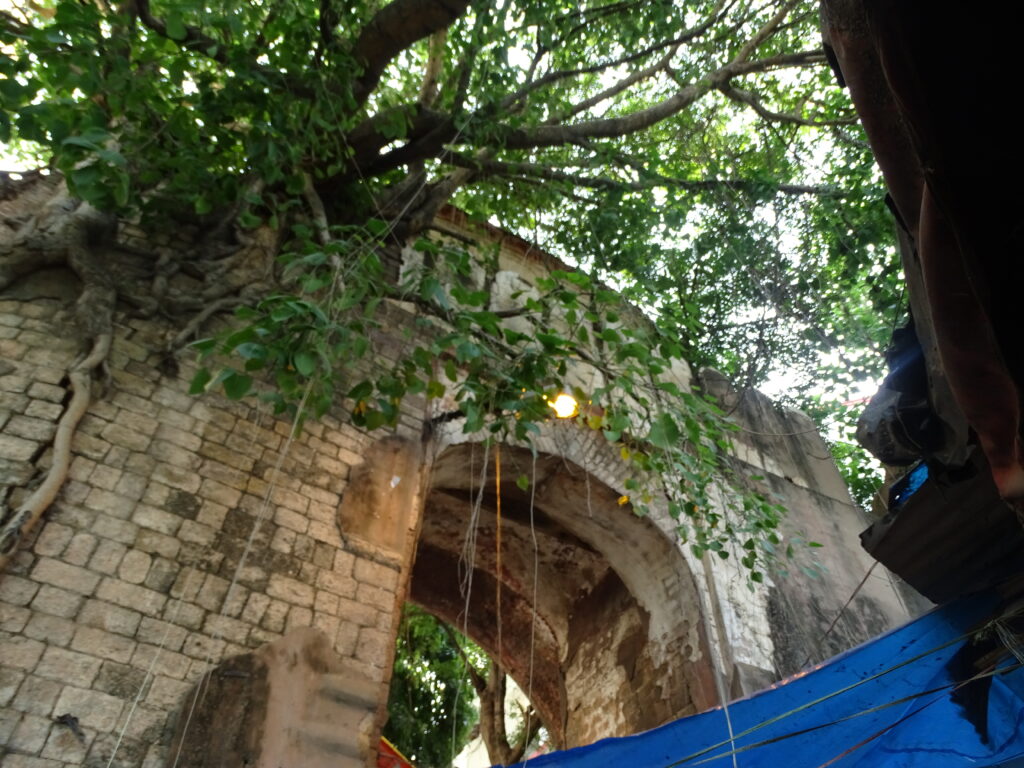
The Main Entry Point
The pedestrians who cross the Gumat Gate adjoining Town hall building, once the main entry point to the walled Jammu city among total five gates, are hardly aware that this gate was the main entrance point to the city. Adjacent to this gate is another gate, the Maheshi Gate, a part of which still exists at Kanji House while the wall has completely disappeared now.
The Rulers Behind the Walled City
When the capital of Jammu Raj was once again shifted back to Jammu city by Raja Maldev of Dev Dynasty in the 14th century AD, he built his palace at Purani Mandi. But the main credit of converting Jammu into a walled city goes to his descendant Raja Ranjit Dev (1733 AD to 1782 AD). He is also believed to have started the construction of Dogra Royal palace during his reign which was completed by Maharaja Gulab Singh with some additions made by his son Ranbir Singh and grandson Maharaja Pratap Singh who added more parts to the palace as per their requirements.
The Need for Protection
Earlier, Jammu city was very small but keeping in view the Muslim and Sikh invaders, Raja Ranjit Dev felt the strong need of keeping the city safe from them and planned to convert the city into a walled city. The main entry gate to the city was no doubt Gumat gate followed by some other gates to enter the walled city.
The Construction of the Wall
When Ranjit Dev became the ruler of the state, he was imprisoned for 12 years at Lahore by Nawab Zakariya Khan according to Rajdarshni by Ganesh Das Baderhra. However, ultimately he was released and took the reigns of Jammu Raj under his control. He felt the strong need of giving protection to the capital city and first of all, the Gumat Gate was erected.
On one side of Gumat, the huge wall was constructed along Hari Singh High School which further went to now DPS School side, Jogi Gate, Gujjar Nagar near the present residence of the Chief Minister to Mubarak Mandi Royal palace along the side of river Tawi. From the other side of Gumat gate, the wall passed through present Kaleeth Mohalla, SMGS hospital to Kachi Chawni and Ambhalla towards the Panjtirthi via part of present Echange Road. The city during the royal period remained confined in between the wall which has now expanded manifold with the growing population.
The Legacy of the Walled City
Various parts of the mammoth wall were completed by the successors of Raja Ranjit Dev during their times, and due to this wall, Jammu remained protected from Sikh invaders who were given a tough fight outside the Gumat Gate. They were finally pushed back, failing to enter Jammu city. But with the passage of time, the wall almost disappeared to become a history, and some remnants still remind people that the city was once walled.

